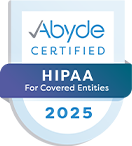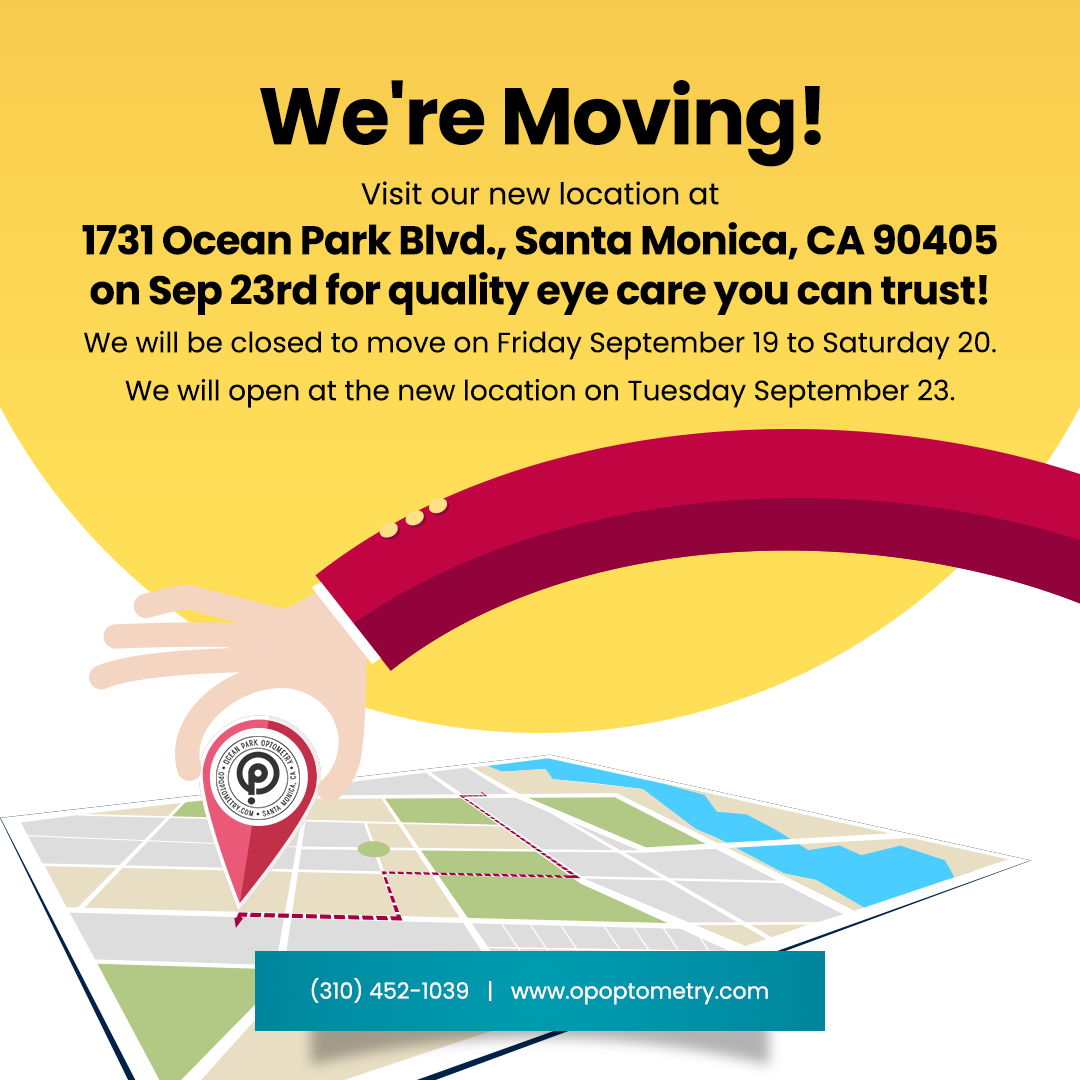Ocean Park Optometry Blog
Learn more about optometry care in our blog!

If you plan to wear contact lenses, you will need a separate eye exam for contact lens wearers. The reason is contact lenses are medical devices. Therefore, the doctor needs to confirm that your eyes fit their use.

Contact lenses help correct vision, and patients wear them directly on the eye. If you have dry eyes, wearing contacts can be uncomfortable due to the lack of moisture. There is an increased risk of the lenses scratching the cornea. It is helpful to find out if you can still wear contacts with dry eyes.

Your eye doctor should give a prescription when you visit them for an eye test. You can purchase your contacts from anywhere with what your specialist gives you. It is essential to note that your contact lenses and eyeglass prescriptions are different. The tests your optician does for each are different. You cannot convert one for the other. Read below to know how to read your contact lens prescription.

Replacing your contact lenses on time is important in keeping your eyes healthy and strong. But with so many contact lenses on the market, it can be hard to know when to change your contact lenses. Here are signs that it may be time to get a new pair of contact lenses.

Dry eyes can cause discomfort and difficulty performing normal daily functions, but several treatments can help relieve the condition. If you have been using eye drops or artificial tears with limited success, you can talk to your doctor about IPL. Intense pulsed light (IPL) is good for relieving dry eyes. Doctors use this technology to treat the underlying cause of dry eyes.

People often use warm compresses, prescription eye drops, meibomian gland expression, punctal plugs, and other treatments to treat dry eye. However, a new and even more effective drug-free treatment known as LipiFlow® is also offering a solution to this problem. It is a very effective alternative treatment.

Myopia is a common eye problem that necessitates using vision correction eyewear. If it is unchecked, myopia can cause severe eye diseases in the future. It occurs when the light entering your eye gets focused in front of the retina. The light should go on the retina rather than in front of it.

Nearsightedness or myopia is a vision condition where near objects are clear while distant ones appear blurry. The condition happens when the eye shape causes light to refract or bend incorrectly.

Scleral lenses have, in recent years, become a preferred eye correction strategy. This is so because the special lenses treat various vision problems and ocular disorders. Scleral lenses are uniquely designed lenses. They lie on the white part of the eye (sclera) and arch over the cornea. They do not make any contact with the cornea.

Low vision is sight loss that is not correctable with surgery, prescription contacts, or eyeglasses. Low vision does not result in complete blindness—you still have some sight that may be improvable with visual aids. Low vision involves varying degrees of sight loss. These may include poor night vision, blind spots, or issues with glare. In some instances, it may lead to an almost total loss of sight.













